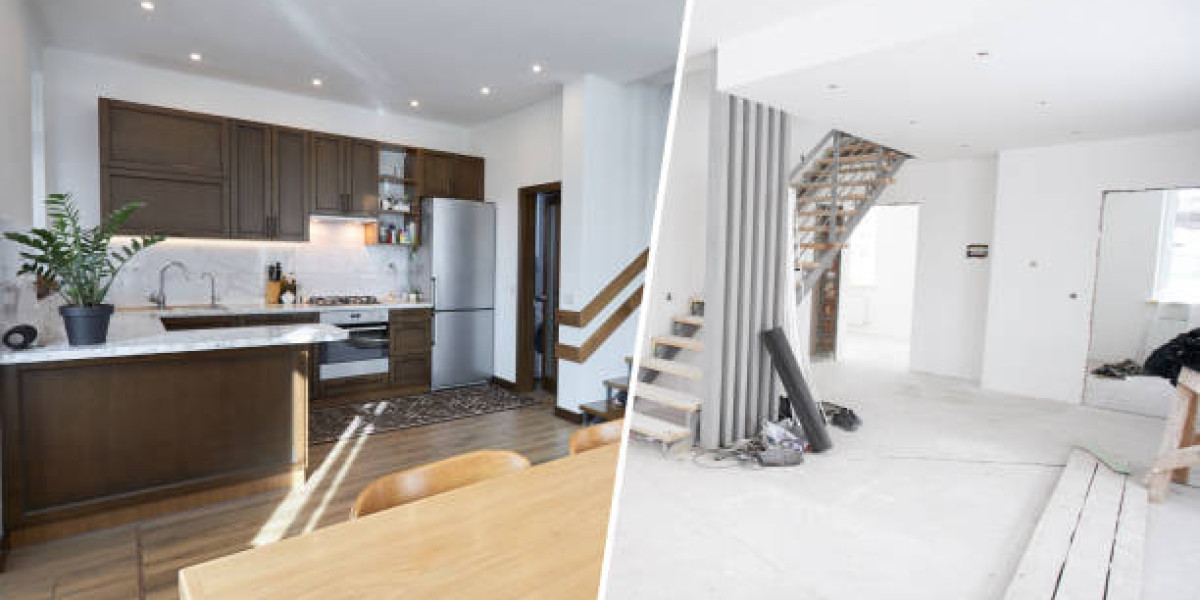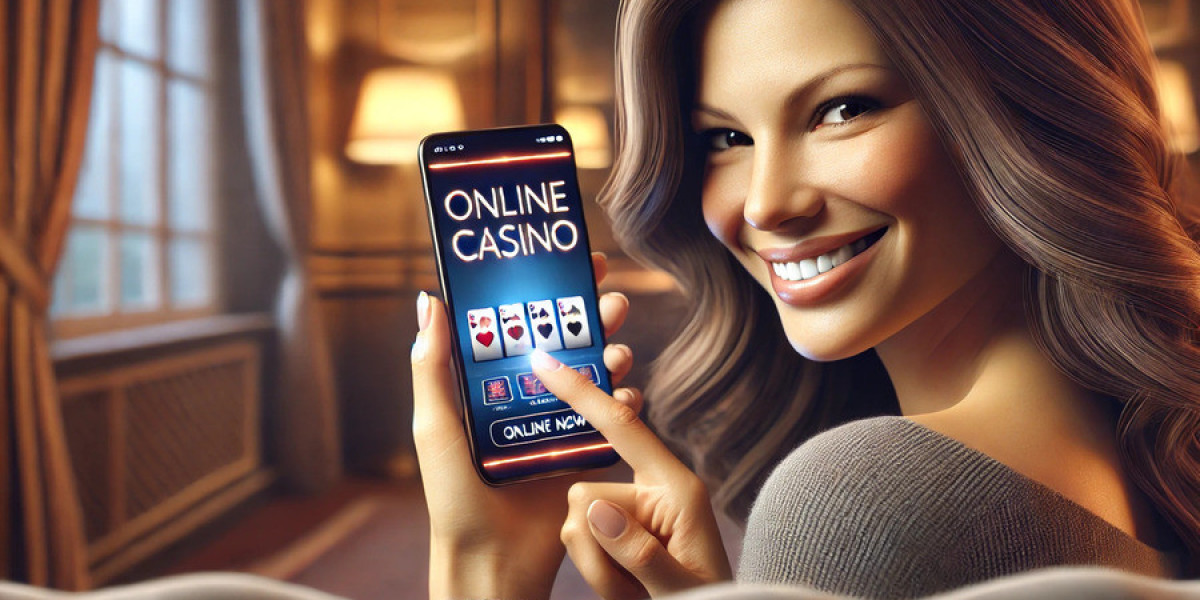Interior design is more than aesthetics—it's a reflection of time, culture, and personal identity. At LLA Designer, we understand that every interior tells a story. Over centuries, interior design has evolved through rich and diverse phases, from the intricate ornamentation of traditional styles to the minimalist clarity of contemporary aesthetics. This evolution mirrors changes in society, technology, and lifestyle, offering endless inspiration for today's homes and commercial spaces.
Traditional Design: Roots in Heritage and Craftsmanship
The traditional style emerged from the 18th and 19th centuries, particularly influenced by European decor. It emphasizes symmetry, rich color palettes, carved wood furnishings, and elegant fabrics like silk and velvet. Interiors from this era reflect sophistication and grandeur—think antique furnishings, crown moldings, and classic artwork. The traditional style values craftsmanship, with every element, from cabinetry to chandeliers, meticulously chosen to evoke timeless elegance.
Transitional Design: Bridging the Old and New
As lifestyles began to shift, so did design preferences. The transitional style emerged in the mid-20th century as a bridge between traditional and modern design. It combines the warmth of traditional furnishings with the clean lines of contemporary pieces. Neutral color schemes dominate transitional spaces, often accented with bold art or textiles. This style appeals to those who want a balance—classic comfort without the ornate excess.
Mid-Century Modern: Functionality Meets Futurism
Born in the post-war era of the 1940s to 1960s, mid-century modern design emphasizes functionality, simplicity, and innovation. It features open spaces, large windows, and furniture with sleek lines made from materials like molded plastic, plywood, and aluminum. This style introduced the world to icons like Eames chairs and teak credenzas—hallmarks of an era that celebrated futuristic ideals while maintaining a connection to nature and usability.
Minimalist Design: Less Is More
Influenced by Japanese design and modernist principles, minimalism came into focus in the late 20th century. Characterized by clean lines, monochromatic palettes, and an emphasis on negative space, minimalist interiors eliminate clutter to spotlight form and function. This style promotes peace and order—each piece serves a purpose. While sparse, minimalist design can still feel warm through textures, natural light, and organic materials like wood and stone.
Contemporary Design: Ever-Changing and Adaptive
Often confused with modern design, contemporary style refers to what's trending now—it's fluid, constantly evolving. Today’s contemporary interiors emphasize sustainability, smart technology, and inclusivity. You’ll find eco-friendly materials, smart lighting, open floor plans, and an integration of global influences. What defines contemporary design today may change tomorrow, but its focus on innovation and personalization remains consistent.
The Role of Technology and Sustainability
As interior design continues to evolve, technology and sustainability are key influencers. Virtual reality allows designers to walk clients through their spaces before construction begins. Smart homes integrate lighting, HVAC, and entertainment systems with a simple voice command. Eco-conscious design prioritizes recycled materials, energy efficiency, and biophilic elements like indoor gardens and green walls.
Conclusion: Honoring the Past, Designing for the Future
The journey from traditional to contemporary design reflects not just changing styles, but shifts in how we live and what we value. Whether you're drawn to the elegance of traditional design or the streamlined look of modern spaces, understanding these styles can help you make informed design choices. At LLA Designer, our mission is to blend creativity, functionality, and personalized expression in every project. As interior design continues to evolve, we remain committed to helping our clients create spaces that are both timeless and forward-thinking.





